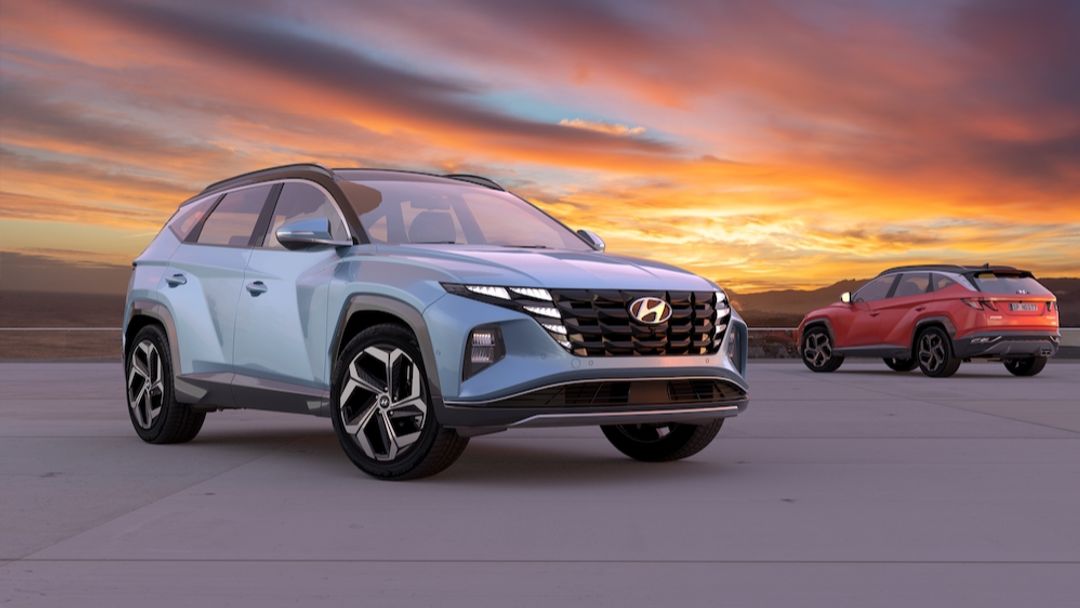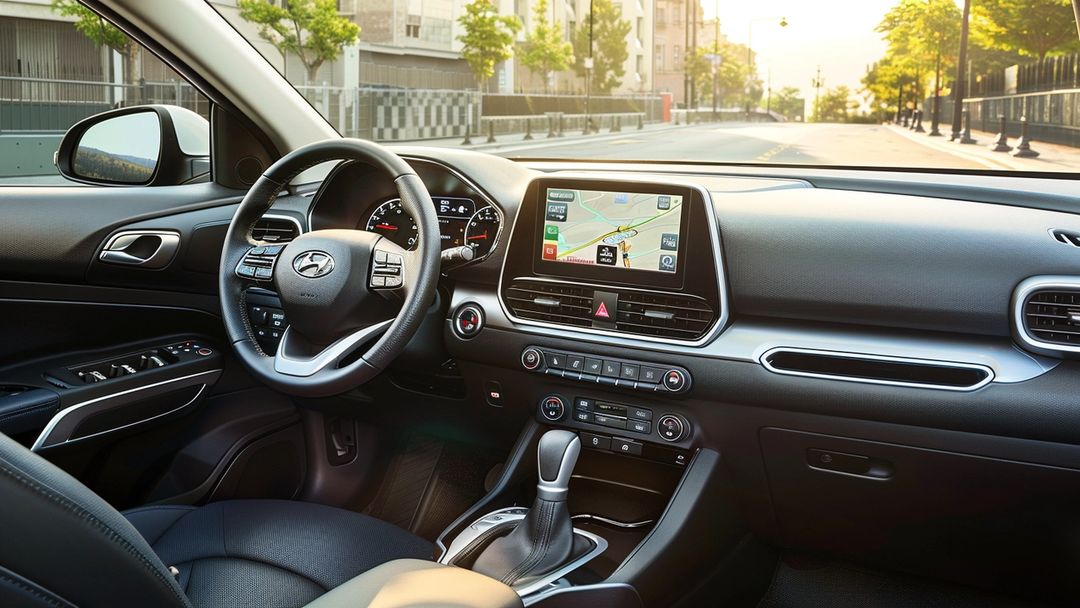The Hyundai Kona has established itself as a distinct presence in the popular subcompact SUV segment, often appealing to drivers seeking a blend of expressive styling, city-friendly dimensions, and modern technology. Choosing any vehicle, however, is a significant decision that warrants careful consideration beyond initial impressions.
The Kona fits into the subcompact crossover category, meaning it generally offers a higher driving position and more cargo versatility than a traditional sedan, but in a smaller footprint than larger compact or mid-size SUVs. This positioning often appeals to:

Urban dwellers seeking easier maneuverability and parking.
Individuals or couples needing practical transportation without the bulk of a larger vehicle.
Drivers looking for a vehicle with a distinctive design aesthetic.
Those transitioning from smaller cars who desire slightly more space and utility.
Understanding this context helps frame whether the Kona's inherent characteristics align with your fundamental transportation requirements.
Making an informed choice involves dissecting various aspects of the vehicle and matching them against your personal priorities. Consider these practical factors:
1. Size, Space, and Accessibility:
Exterior Footprint: The Kona's relatively compact dimensions contribute to its agility in city traffic and ease of parking in tight spots. Consider if this maneuverability is a priority for your typical driving environment.
Interior Passenger Room: Evaluate the front seat comfort, considering headroom, legroom, and adjustability for your driving position. Assess the rear seat realistically – while suitable for occasional adult passengers or children, subcompacts generally offer less rear legroom than larger vehicles. Try sitting in the back yourself.
Ease of Entry and Exit: Pay attention to the seat height and door opening size. Is it comfortable to get in and out of both the front and rear seats without excessive bending or stretching? This can be a particularly important factor for daily usability.
Cargo Capacity and Flexibility: Examine the rear cargo area. Is the space sufficient for your typical hauling needs (groceries, luggage for trips, hobby equipment)? Note the loading height – is it comfortable to lift items into the back? Observe how the rear seats fold down (do they fold flat?) and assess the expanded cargo space for larger items. Consider if the shape and accessibility of the space meet your practical requirements.
2. Performance and Powertrain Characteristics:
Engine Options: Hyundai typically offers the Kona with different engine choices across various model years and trim levels. Often this includes a standard naturally aspirated engine and potentially a more powerful turbocharged option. Consider:
Standard Engine: Usually prioritizes fuel efficiency and adequate performance for typical daily driving. Evaluate if its acceleration feels sufficient for your needs, including merging onto highways.
Turbocharged Engine (if available): Generally offers quicker acceleration and a more responsive feel, potentially appealing to those desiring more spirited performance, but sometimes with different transmission types or fuel considerations. Assess if the added power is necessary for your driving style.
Electric Variant (Kona Electric): Recognize that Hyundai also offers a fully electric version of the Kona. This is a fundamentally different vehicle requiring separate evaluation regarding range, charging infrastructure access, driving dynamics, and specific features. If interested in electric propulsion, its unique characteristics need thorough investigation distinct from the gasoline models.
Transmission Feel: Pay attention to how the transmission operates during acceleration, cruising, and deceleration. Different engines may be paired with different automatic transmission types (e.g., traditional automatic, continuously variable transmission (CVT), or dual-clutch automatic), each having a slightly different feel. Ensure smooth and predictable operation aligns with your preference.
Drivetrain Choice (FWD vs. AWD): The Kona is often available in both Front-Wheel Drive (FWD) and All-Wheel Drive (AWD).
FWD: Generally offers slightly better fuel efficiency and is sufficient for most driving conditions, especially in milder climates.
AWD: Provides enhanced traction in slippery conditions (snow, ice, heavy rain) or on loose surfaces. Consider if the climate where you live and drive regularly justifies the potential extra cost and slight reduction in fuel economy associated with AWD.
3. Evaluating Trim Levels and Features:
Understanding the Hierarchy: Manufacturers package features into different trim levels (e.g., SE, SEL, N Line, Limited). Higher trims typically build upon lower ones, adding more comfort, convenience, and technology features, usually at a higher price point.
Prioritize Your Needs: Instead of being swayed by the longest feature list, identify the features that are most important for your comfort, safety, and convenience. Create a list of must-haves versus nice-to-haves.
Safety Technology Suite: Modern Konas typically come equipped with a suite of driver-assistance features. Common systems might include:
Forward Collision-Avoidance Assist (with Pedestrian Detection)
Lane Keeping Assist / Lane Following Assist
Blind-Spot Collision-Avoidance Assist
Rear Cross-Traffic Collision-Avoidance Assist
Driver Attention Warning
Critical Note: Understand that these are assistance systems designed to aid an attentive driver. They have limitations based on weather, road conditions, sensor visibility, and system design. Read the owner's manual carefully to understand how each system on the specific vehicle functions and its limitations. Never rely solely on these systems; driver vigilance remains paramount.
Infotainment and Connectivity: Assess the infotainment system:
Screen: Is the display size adequate and the interface intuitive to navigate? Is it responsive to touch?
Controls: Is there a good balance between touchscreen controls and physical buttons/knobs for essential functions (like volume and climate)?
Smartphone Integration: Verify the presence and ease of use for Apple CarPlay and Android Auto if you rely on these for navigation, music, and communication.
Audio Quality: Evaluate the sound system during your test drive.
Comfort and Convenience Features: Consider the value you place on features like:
Seating materials (cloth vs. leather/leatherette)
Heated front seats and steering wheel (especially in colder climates)
Automatic climate control vs. manual controls
Power-adjustable driver's seat (with lumbar support options)
Keyless entry with push-button start
Sunroof availability
4. Driving Dynamics and Overall Experience:
Ride Quality: Pay attention to how the Kona handles bumps, potholes, and uneven road surfaces. Is the ride comfortable for your preferences, or does it feel overly firm or busy? This can sometimes vary slightly between trim levels due to different wheel/tire combinations.
Handling and Steering: Evaluate how the vehicle feels when turning and cornering. Does the steering feel responsive and predictable? Given its size, assess its maneuverability in urban settings and parking lots.
Cabin Noise: Notice the level of wind, road, and engine noise inside the cabin at various speeds, particularly on the highway. Is it acceptably quiet for conversation and comfort?
Visibility: Check your sightlines from the driver's seat. Are there any significant blind spots? How clear is the view out the front, sides, and rear?
5. Practical Ownership Aspects:
Fuel Efficiency: Consider the published fuel economy figures for the engine and drivetrain combination you are evaluating. Factor fuel costs into your long-term ownership budget. Driving habits significantly impact real-world fuel efficiency.
Reliability Perceptions: Research general perceptions of the Hyundai brand and the Kona model regarding long-term reliability and durability. Look into owner forums or consumer resources for reported experiences (viewing individual reports within the context of broader trends).
Warranty Coverage: Familiarize yourself with the details of the manufacturer's warranty coverage provided at the time of potential purchase, including powertrain and comprehensive warranties.
Maintenance Considerations: Understand that all vehicles require regular maintenance as outlined in the owner's manual to ensure proper operation and longevity. Factor routine maintenance costs (oil changes, tire rotations, inspections) into your budget.

Reading reviews and specifications is helpful, but nothing replaces spending quality time driving the vehicle yourself. A thorough test drive is critical.
Allocate Sufficient Time: Don't rush. Plan for at least 30-60 minutes behind the wheel.
Drive Familiar Routes: Take the Kona on roads you typically drive, including city streets, highways, and any challenging conditions like hills, if possible.
Simulate Daily Use: Practice parking, merging into traffic, and accelerating from a stop.
Interact with Everything: Adjust the seats, mirrors, and steering wheel. Operate the climate controls and infotainment system (preferably while parked initially). Test the wipers, lights, and turn signals.
Check Visibility Thoroughly: Make lane changes (safely) and check blind spots. Use the rearview camera and any parking aids.
Listen Carefully: Pay attention to engine noise, road noise, and any unusual sounds.
Assess Comfort: How do the seats feel after 20-30 minutes? Is the driving position comfortable and sustainable? Can you easily reach all controls?
Consider Entry/Exit Again: After driving, consciously evaluate getting in and out one more time.
Bring Passengers or Simulate Cargo: If you regularly carry passengers, have them sit in the back during the test drive. If you often haul specific items, visualize (or even measure) how they would fit in the cargo area.

Before finalizing your decision, briefly consider other vehicles in the subcompact SUV class. Comparing key aspects like interior space, features for the value, driving dynamics, and reliability perceptions across different models ensures you are making a well-rounded choice based on your specific priorities.
The final decision should be based on a comprehensive evaluation of how well the Hyundai Kona aligns with your individual needs, driving habits, comfort requirements, and feature priorities. Avoid making decisions based solely on style or isolated features.
The Hyundai Kona offers a distinctive package in the competitive subcompact SUV market. Choosing whether it's the right vehicle for you requires moving beyond surface appeal and engaging in a practical, thorough assessment. By carefully considering its size and space, evaluating powertrain performance relative to your needs, scrutinizing features across different trim levels, paying close attention during a comprehensive test drive, and understanding long-term ownership factors, you can make an informed decision. The goal is not just to choose a vehicle, but to choose the vehicle that best fits your life and transportation requirements through a process of careful deliberation and personal evaluation.